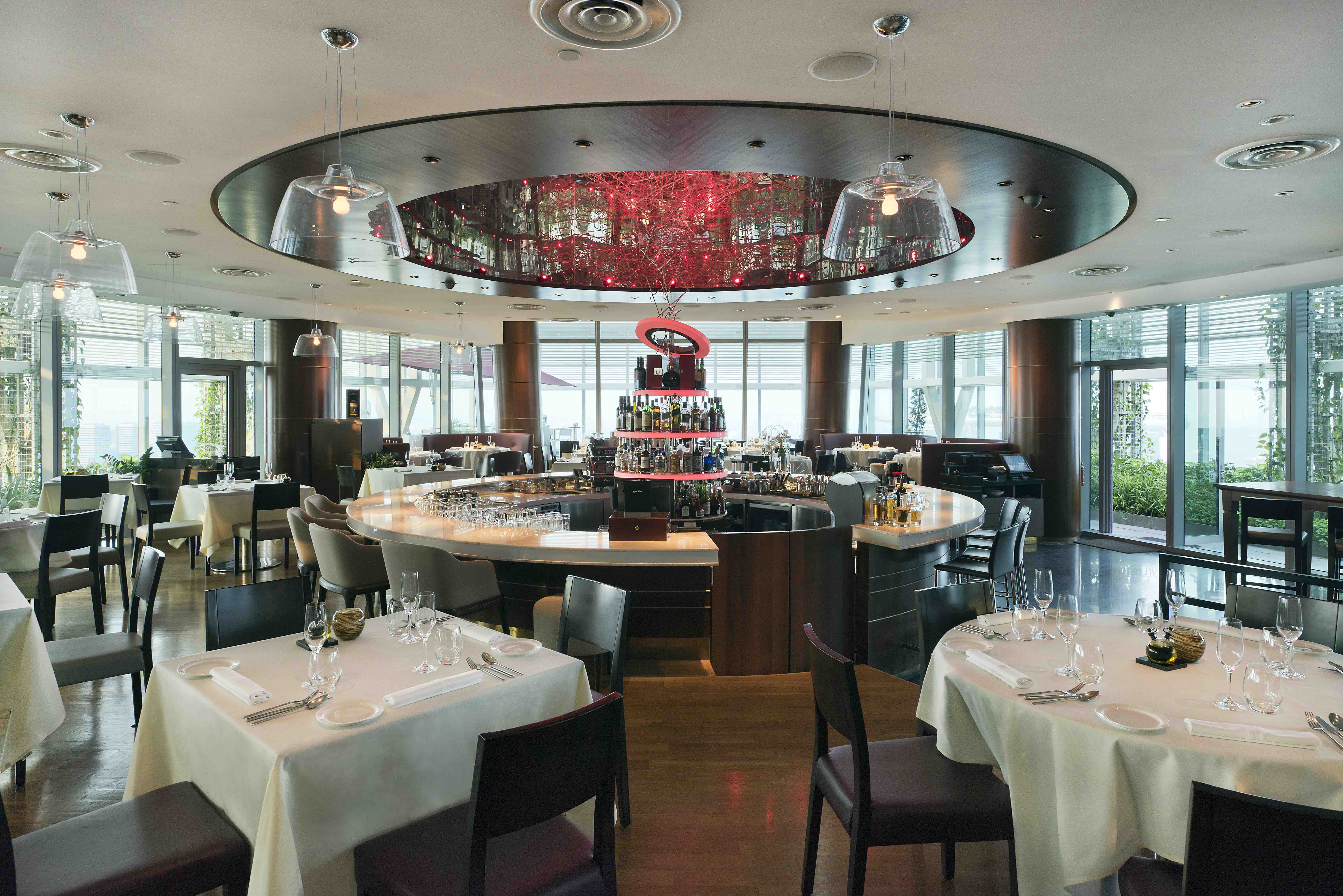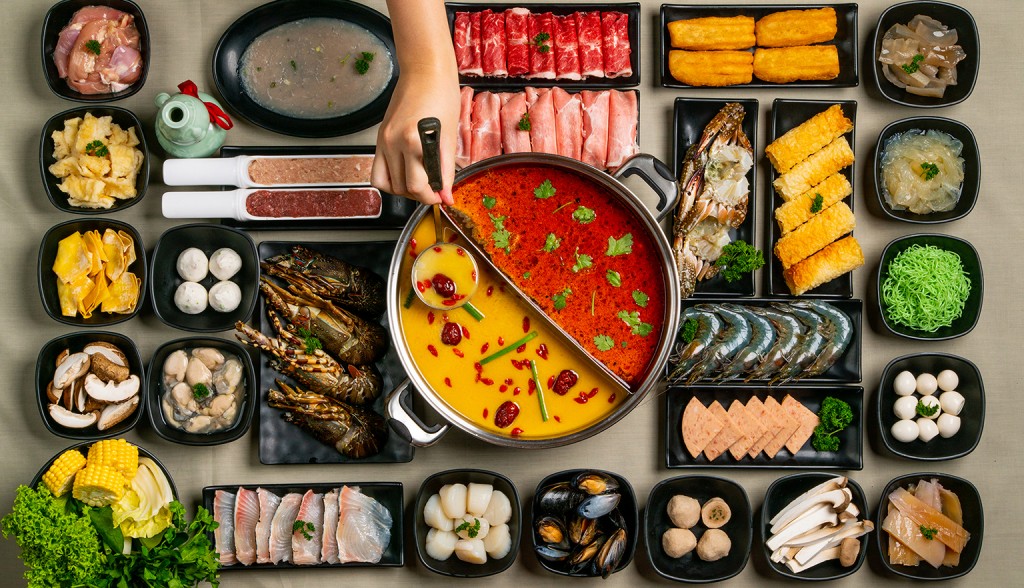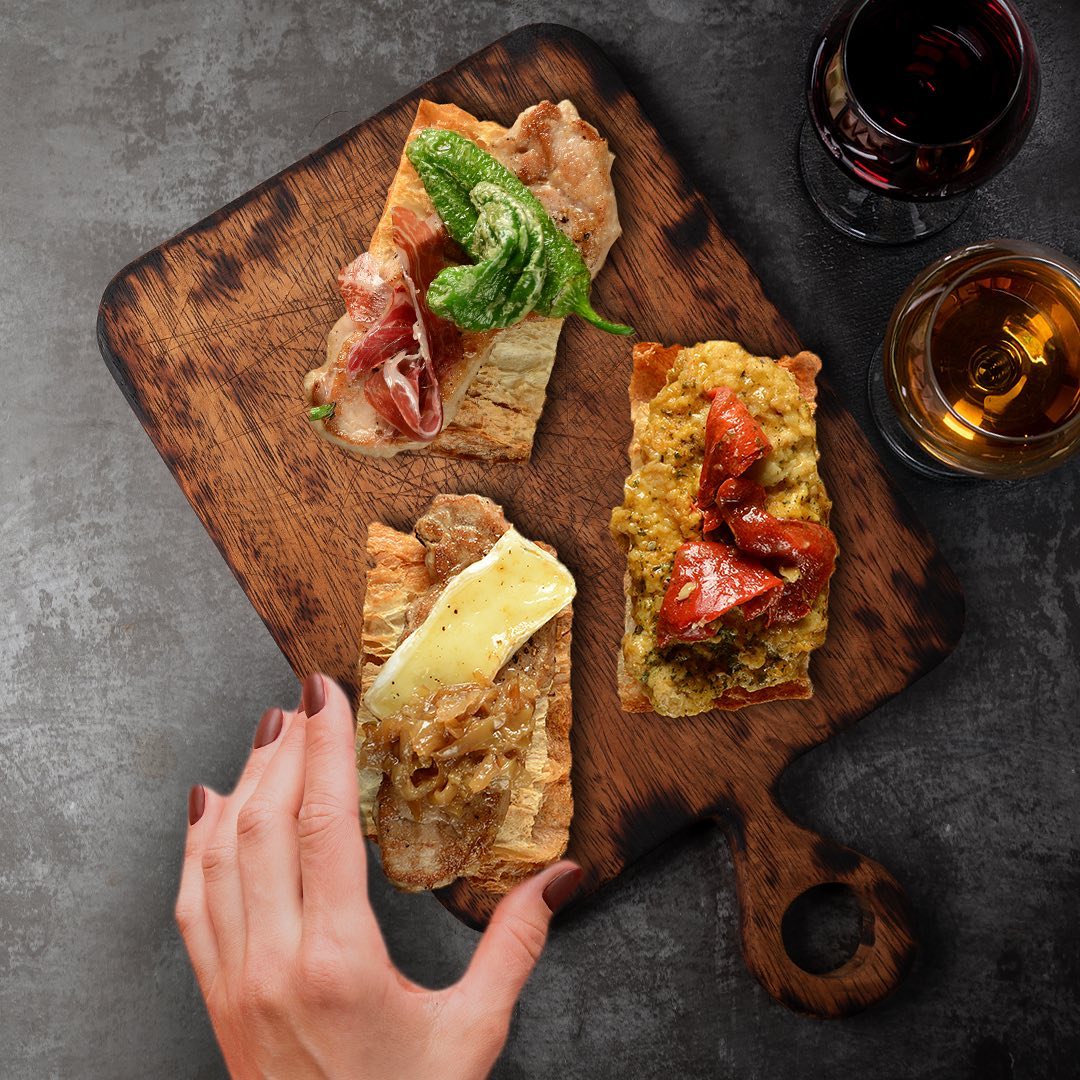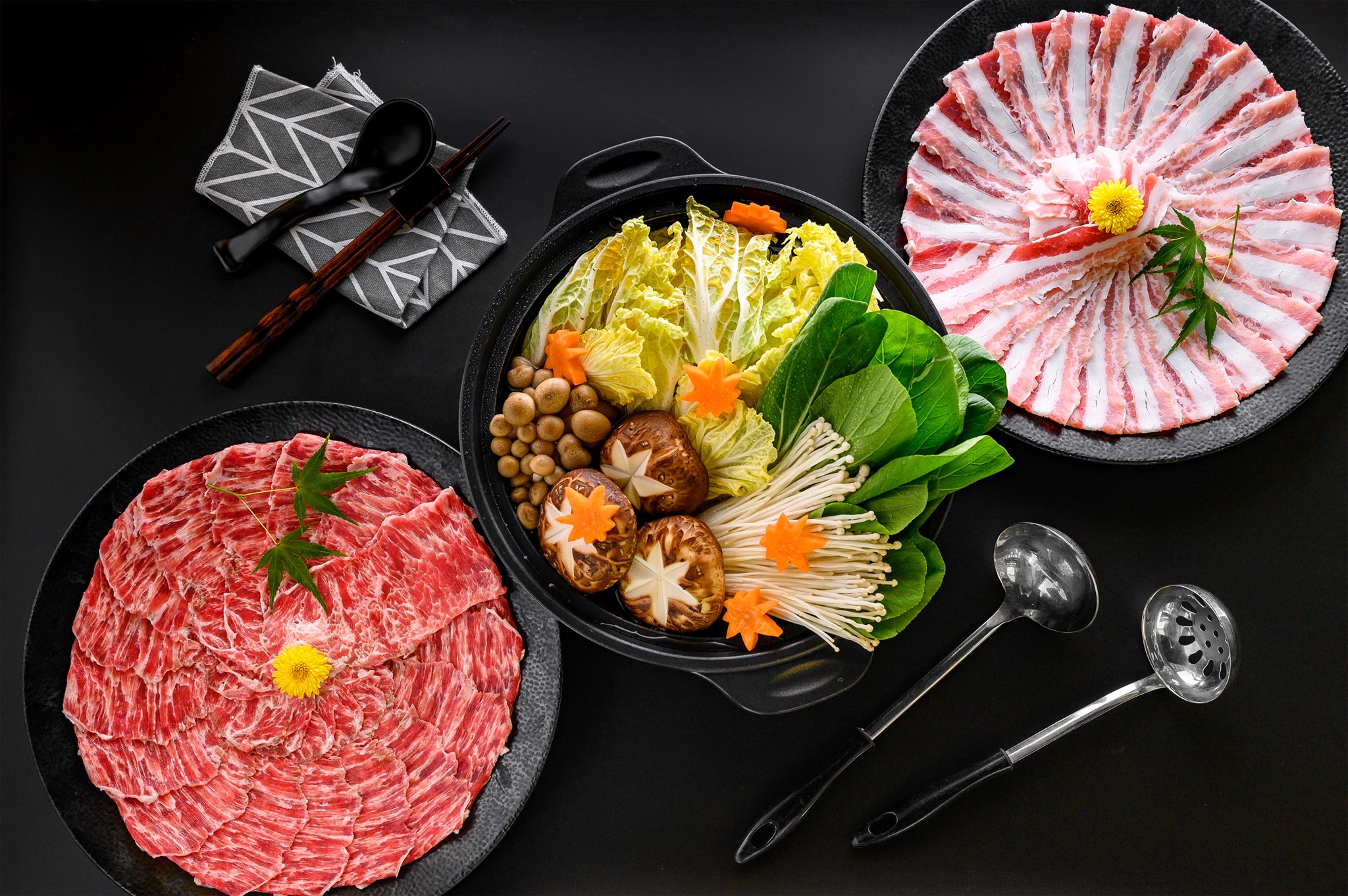For most F&B ventures in Singapore, staying afloat amid the Covid-19 pandemic and its resulting economic downturn is difficult as it is, much less talking about staying ahead of the curve.
Yet, many restaurants that have remained resilient and made it thus far are not letting up easily as they continue hunkering down on attracting the right crowd while finding their footing between all their services offered—and one way to do that is to cash in on the best strategies, whatever they might be, during this new normal.
Over the long drawn-out circuit breaker period, eateries holding restaurant licenses were rightfully allowed to operate, although only through delivery and takeaway. And as soon as the ban on dine-in was lifted on Jun 19, cafes, diners and bistros alike began warmly welcoming patrons back into their venues.
But truth be told, the shift back was no bed of roses. It caught some places off-guard, while others outrightly faced a lack of customers. Either way, F&B operators are moving beyond the typical, one-size-fits-all approach since it is no longer business as usual, but the dawn of a new normal.
So how are local restaurants remodelling and what can we make of it?
Adapting to new consumer trends
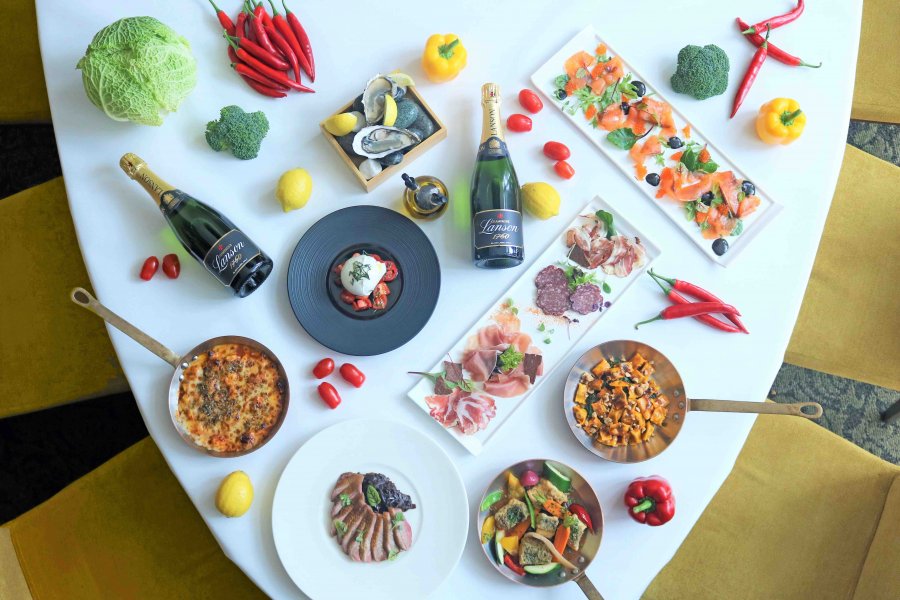
At Italian fine dining restaurant Zafferano, located within the CBD, corporate luncheons and weekday dinners have become a thing of the past. Instead, since the reopening of its doors in Phase 2, the elegant spot and its accompanying outdoor lounge observed a surge in guests arriving on the weekends instead, with at least 75 percent of patrons celebrating special occasions such as birthdays and anniversaries.
The restaurant believes that it is a likely result of the current work-from-home mandate, whereby folks are more in favour of conveniently dining at home on weekdays, while splurging on the weekends.
With that in mind, Zafferano has taken the steps to meet the change in demand and consumer patterns beginning with its opening hours. Now operating on Sundays, the Ocean Financial Centre rooftop tenant has shifted its rest days to Mondays.
“We have been focusing more on dine-in since the second week of Phase 2. The demand for takeaway and delivery began decreasing after the first week and the number of tables for dine-in started to grow. New introductions on dine-in offers such as the weekend brunch and Sunday grill specials are meant to cater to the increasing tally of weekend guests,” says Vadim Korob, the restaurant’s operations manager.
Diversifying with digital solutions

Meanwhile at LeveL33, the world’s highest urban microbrewery, it boils down to diversifying. Pre-circuit breaker, they had only begun considering the idea of vending items such as vouchers on their website.
But the government-mandated takeaway- and delivery-only operating system accelerated its digital move, and within a matter of days, the restaurant was able to swiftly accommodate its clients who preferred online shopping as opposed to dialing up the reception.
In that same vein, LeveL33 had to re-evaluate their offerings and business strategies since their consumer base had completely changed. With the lack of tourists visiting their outlet and locals confined to their homes, the brewery decided to create ready-to-cook meals in an effort to entice amateur home cooks. The crew also retails their bottled and canned brews via a sparkling new e-store, plus a beer subscription service and personalised 12-pack offerings which ensures recurring income.
Today, LeveL33 continues to provide takeaway and delivery orders via the e-shop, promoting everything from special packages such as the Happy Hour Set to selected dishes including Brewery Burgers and weekend roasts.
Moreover, the penthouse restaurant also launched exclusive merchandise on its platform including coasters, umbrellas, lager and ale glasses which are suitable as gifts or recreating the LeveL33 drinking experience at home. To that end, there are even high-res images on their site depicting the unparalleled views of the Marina Bay Sands, which loyal customers have always enjoyed at the venue.
The rise of ghost kitchens

However, say you’re interested in building an F&B business that could capitalise on the digital arena, and at the same time, cater to the ever-changing consumer trends sans the high overhead costs. You might consider opening a virtual restaurant instead.
Also known as ghost kitchens, these aren’t a new concept. In fact, some of your favourite dishes from meal delivery app Deliveroo may very well be dished out by these cloud kitchens.
And while most true virtual restaurants don’t have a brick-and-mortar storefront since it handles the consumer-facing aspects of business via the internet, nascent local virtual restaurant UbinEats utilises such a hybrid approach.
New to the scene as an arm of beloved, homegrown brand New Ubin, delivery-only restaurant UbinEats has the luxury of operating out of a canteen stall within New Ubin Village, their latest canteen cluster concept.
“We operate UbinEats out of New Ubin Village Tampines which allows us to tap on existing infrastructure and manpower, but that is just a means to an end. The motivation for diversifying the business stems from two points; which is to capture the ever-expanding lexicon of truly Singaporean cuisine beyond tze char dishes and delve into worthwhile dishes that are created for one,” shares SM Pang, COO & Co-Founder of New Ubin Group.
Pang easily recognised the rise of the sharing economy set against the backdrop of an increasingly metropolitan lifestyle among Singaporeans. As an online-only enterprise focusing on individual meals, UbinEats would be able to tap into an emerging frontier without the constraints of a physical capacity.
Though that is not to say the system is unflawed and that even a franchise as large as New Ubin will immediately transfer all its concepts to the digital realm. The chain is currently learning the new touchpoints of a fully digital brand and the learning curve is steep.
Says Pang: “There will be some realignments internally between the two brands’ islandwide delivery platforms so as to better leverage on each other. We’ve not yet built a robust enough delivery ecosystem and will still rely on food aggregator platforms to remain as accessible as possible for all audiences.”
Besides, a big part of New Ubin’s charm still lies in the dine-in experience, he adds.
#Savefnbsg

Indeed, local restaurants still have a ways to go as Singapore readjusts to the new normal. As dine-in, social distancing and other Covid-19 collateral damage overlap and intertwine, eateries must be assiduous in adapting to the rapidly changing consumer behaviours and realign their business structure consistently.
So while your favourite restaurants assume this onerous task, as customers, it’ll be vital to support the various F&B establishments as much as possible to see them through the crisis. Bad habits such as not showing up for a reservation needs to stop, as this means easily-avoided cost in terms of pre-prepared items, as well as wastage in terms of space that the venue could otherwise have filled.
It’ll take a concerted effort, but it’ll certainly be worthwhile to either support your favourite places through delivery, or enjoying meals there physically by dining-in. After all, we are a nation that treasures food more than anything, right?


